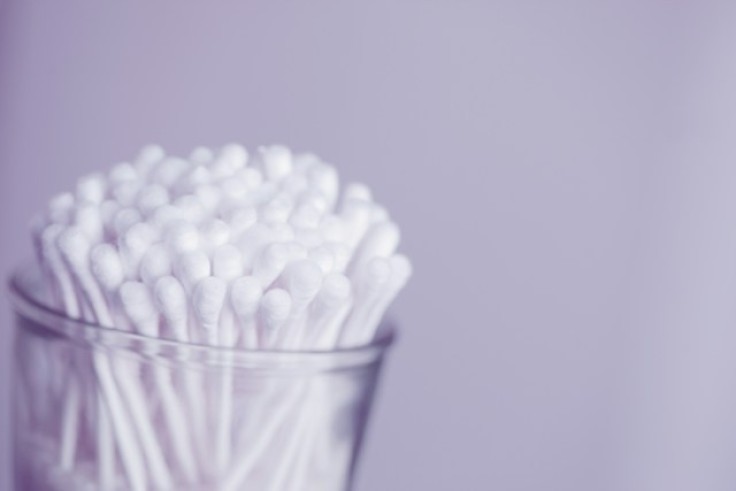
Ear wax, or cerumen, is a common and natural part of our body's defense system, and this holds true for babies as well. It plays a crucial role in protecting the ear canal against dirt, dust, and bacteria. However, as a parent, it's normal to wonder about the amount and type of ear wax in your baby's ears and when it might be a cause for concern. This article will explore the normal aspects of baby ear wax and highlight situations that may require a pediatrician's attention.
What Is Baby Ear Wax?
Ear wax in babies is generally the same as in adults, but there are some differences due to the size and shape of their ear canals. The wax acts as a natural cleanser as it moves from the inside of the ear canal to the outer part, carrying with it dead skin cells and other debris.
Normal Characteristics of Baby Ear Wax
- Color and Consistency: Ear wax can range in color from light yellow to dark brown. The consistency might vary from soft and sticky to dry and flaky. These variations are normal and usually not a cause for concern.
- Amount: The amount of ear wax produced varies from baby to baby. Some may have visible ear wax, while others have very little.
When to Worry About Baby Ear Wax
While ear wax is typically harmless, there are certain situations where it might indicate an issue:
- Excessive Buildup: If you notice a significant buildup of wax that seems to be blocking the ear canal, it could potentially affect hearing or lead to discomfort.
- Signs of Infection: If the ear wax is accompanied by symptoms like foul odor, discharge other than wax, redness, swelling, or your baby seems to be in pain, it could be a sign of infection.
- Changes in Behavior: If your baby is fussier than usual, tugging at their ears, or showing signs of hearing difficulties, it might be due to an ear problem.
Safe Cleaning Practices
- Avoid Cotton Swabs: Do not use cotton swabs (Q-tips) to clean your baby's ears. They can push wax further into the ear canal and risk damaging the eardrum.
- Outer Ear Cleaning: Clean the outer part of your baby's ear gently with a damp cloth.
- Consult a Pediatrician: If you're concerned about the amount of wax or think it might be impacting your baby's hearing, consult a pediatrician. They can safely remove excess wax if necessary.
Preventing Ear Wax Problems
- Regular Check-ups: Include ear checks in your baby's regular health visits. A pediatrician can monitor ear health and address any issues early.
- Avoid Earplugs or Earphones: Avoid using earplugs or earphones in babies, as they can push wax deeper into the ear canal.
- Healthy Diet: A balanced diet can support overall health, including the ears. Ensure your baby is getting adequate nutrition.
In most cases, baby ear wax is nothing to worry about. It's a natural substance that helps keep their ears healthy. However, being aware of the signs of excessive buildup or infection is important. Remember, never attempt to remove ear wax with cotton swabs or other invasive tools. If you have concerns about your baby's ear wax or ear health, the best course of action is to consult with a pediatrician. They can provide guidance and, if necessary, professional cleaning in a safe and effective manner. By understanding the basics of baby ear wax and practicing safe cleaning habits, you can help ensure your little one's ears remain healthy.